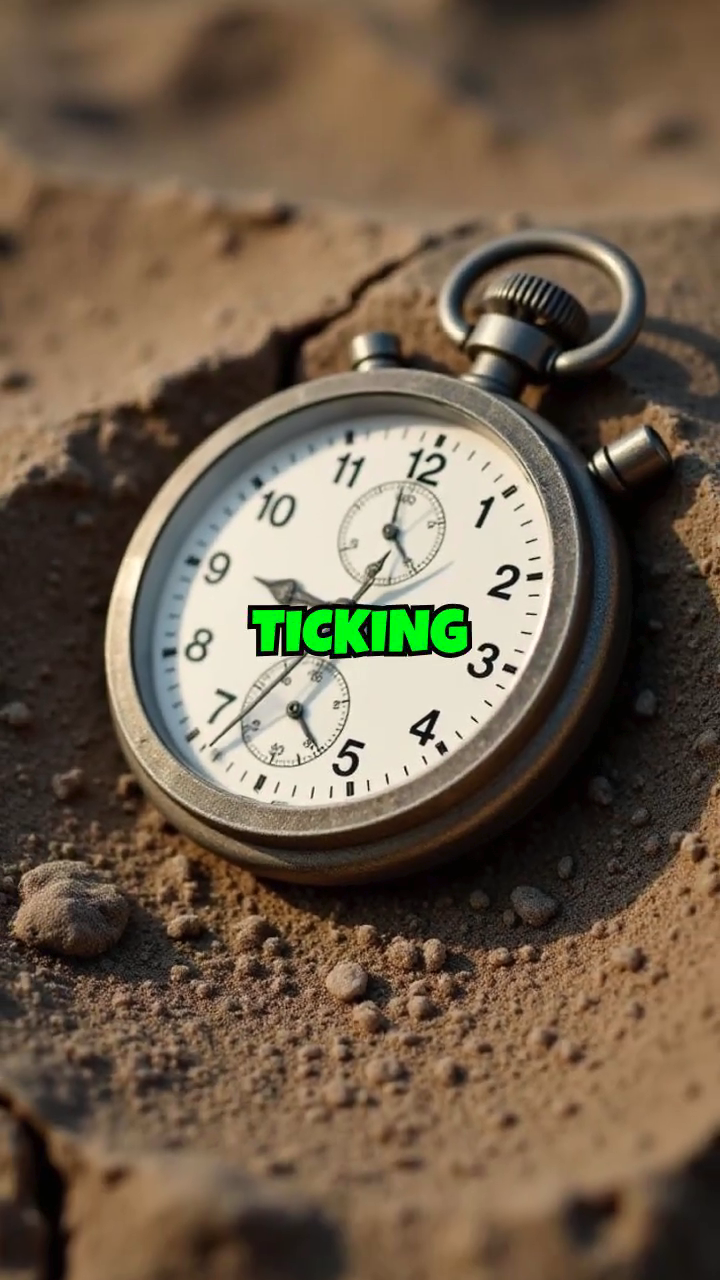Why 90% of People Die in the First 72 Hours of Survival

Imagine being stranded in a desolate wilderness without any means of communication or support.
It’s a grim scenario that often starts the clock ticking on a critical survival window. Research shows that 90% of people who find themselves in such dire situations don’t survive past the first 72 hours.
But why is this precarious timeframe so decisive?
To understand this, one must first consider the rule of threes—a fundamental principle in survival training.
People can generally survive three minutes without air, three days without water, and three weeks without food.
While these numbers are rough estimates, they underscore the critical priorities in survival scenarios.
The first 72 hours revolve around these priorities, sharply focusing on the need for immediate shelter and water.
When faced with an unexpected survival situation, the human body and mind are thrust into a state of high stress.
This initial shock can often lead to panic, confusion, and poor decision-making. Without proper knowledge and resources, individuals might fail to secure a shelter, which is crucial in protecting against harsh weather conditions.
Hypothermia or heatstroke are potential risks that become life-threatening swiftly—eroding the body’s ability to maintain its core temperature.
Dehydration presents another immediate threat.
Without a reliable water source, the human body rapidly becomes weaker.
Dehydration impacts crucial bodily functions, impairs judgment, and diminishes physical capabilities, which are vital for seeking help or finding food.
The lack of preparedness compounds these issues.
Often, those caught in survival situations lack both the necessary equipment and skills to handle such exigencies.
This unfortunate lack of readiness leaves many exposed, making minor injuries, exhaustion, and even despair insurmountable obstacles during these critical hours.
In conclusion, the first 72 hours are a fragile, treacherous window fraught with dangers.
Understanding these immediate physiological needs and environmental threats highlights why so many fail to survive beyond this point.
Ultimately, preparation and presence of mind can tip the scales from perilous vulnerability to a fighting chance.
ON SURVIVAL is a reader-supported publication. To receive new posts and support my work, consider becoming a free or paid subscriber.



Comments ()